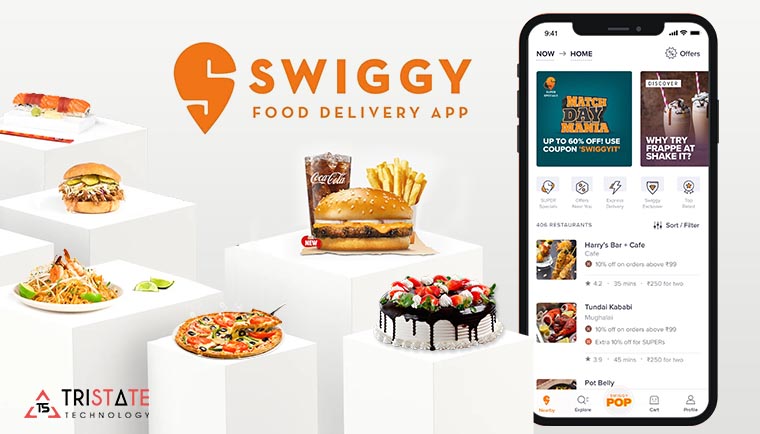In the digital age, convenience is king, and nowhere is that more apparent than when it comes to food delivery. Customers are able to satisfy their cravings like never before thanks to the availability of a myriad, if not unlimited, selection of gastronomic delights conveniently delivered into homes ready in all forms, from gourmet meals to comfort dinner takeout. Data analytics is a powerful tool that all of a sudden transforms the way we eat, and it works as an invisible force driving this culinary revolution.

Personalization at Scale
Amongst the most favorable ways in which data analytics contribute to the improvement of food delivery deals is through personalized recommendations. Through numerous data points, such as previous orders or information about a particular customer provided by the client themselves, past searches, and demographics utilization, it is possible to personalize offers with relevant happy hour deals based on users’ preferences.
For instance, if a user has been consistently selecting vegetarian meals on a healthy food app, the app’s algorithm can tailor its recommendations to maximize buyer satisfaction with each order. This level of personalization not only increases customer satisfaction but also develops loyalty and retention.
Optimizing Efficiency
With the speed of food delivery, efficiency plays a crucial role. Data analytics is the key component of optimizing every phase, from order fulfillment to route optimization. A Halal food app or any other type of app dedicated to delivering meals analyzes the following factors: traffic pattern, order volume Order, and minutes necessary to receive delivery by a given delivery driver platform in this case.
For instance, advanced algorithms can adapt the delivery routes in real time according to changing circumstances like congested traffic or problematic weather conditions. That not only makes delivery times shorter, but it also helps manage the environmental impact of food delivery by its efficient use of fuel and emissions.
Predictive Inventory Management
Data analytics can become effective in improving food delivery experiences where they apply to inventory management. Delivery platforms can estimate future demand for specific menu items and ingredients based on the analysis of historical sales data, seasonal trends, and market demands.
With this system, restaurants can manage their inventory effectively and reduce wastage while ensuring that the right ingredients are readily available to prepare orders within a reasonable time. Furthermore, predictive analytics can also help spot trends and dictate when to invent new things like menu innovations for customers, hence presenting them with a different dish whose demand is likely in the future.
Continuous Improvement
Data analytics also allow constant improvement and innovation in the field of food delivery. Scrutinizing customer sentiments, ratings, and reviews helps platforms understand the gaps where amendments need to be detected when curating family meal deals & rewards for families, together with appropriate actions in case you make mistakes.
For instance, if a given restaurant is always receiving complaints about delayed deliveries or order accuracy. If so, the platform can collaborate with a restaurant to pinpoint underlying reasons and place measures aimed at enhancing overall customer satisfaction. That not only makes the customers happy but also reinforces the image of the delivery platform and its listed restaurants.With technology constantly advancing, the role of data analytics within the food delivery experience will only get more visible, guaranteeing consumers worldwide a reliable and enjoyable way to order fresh food online.